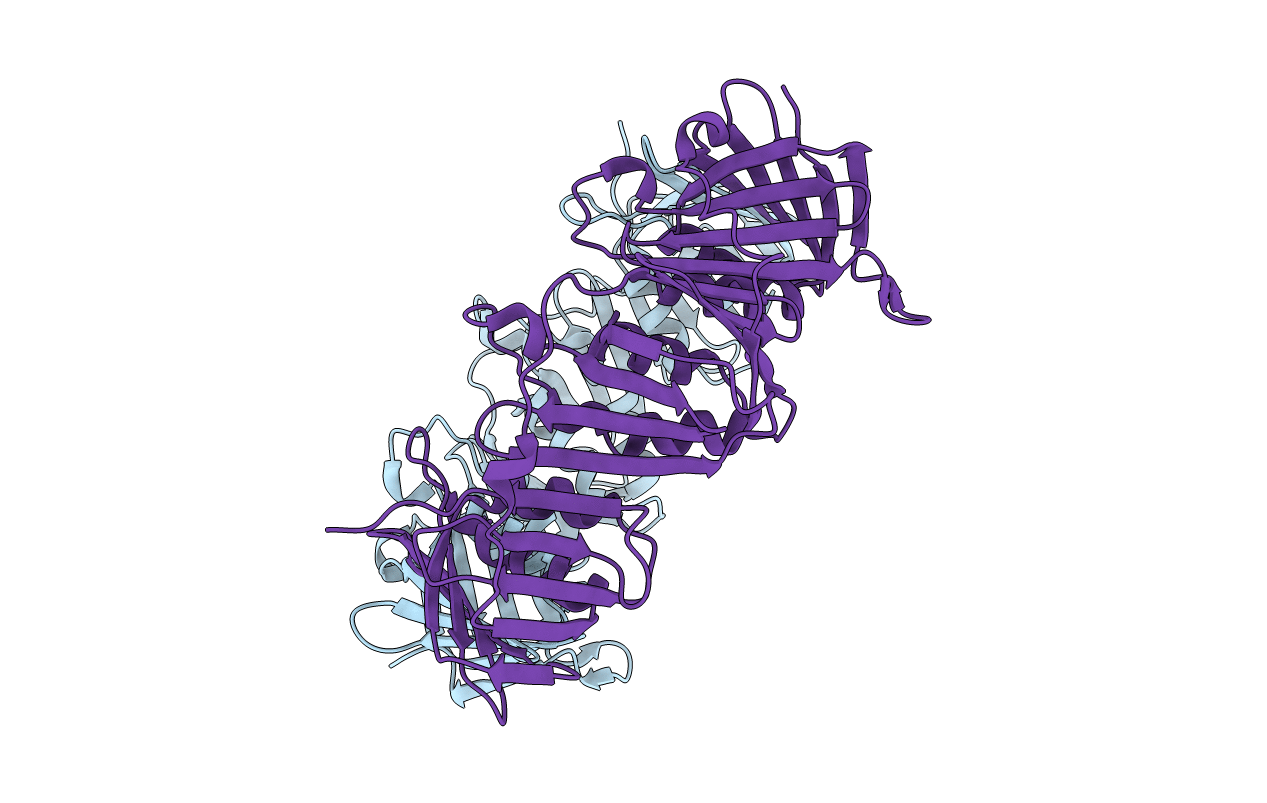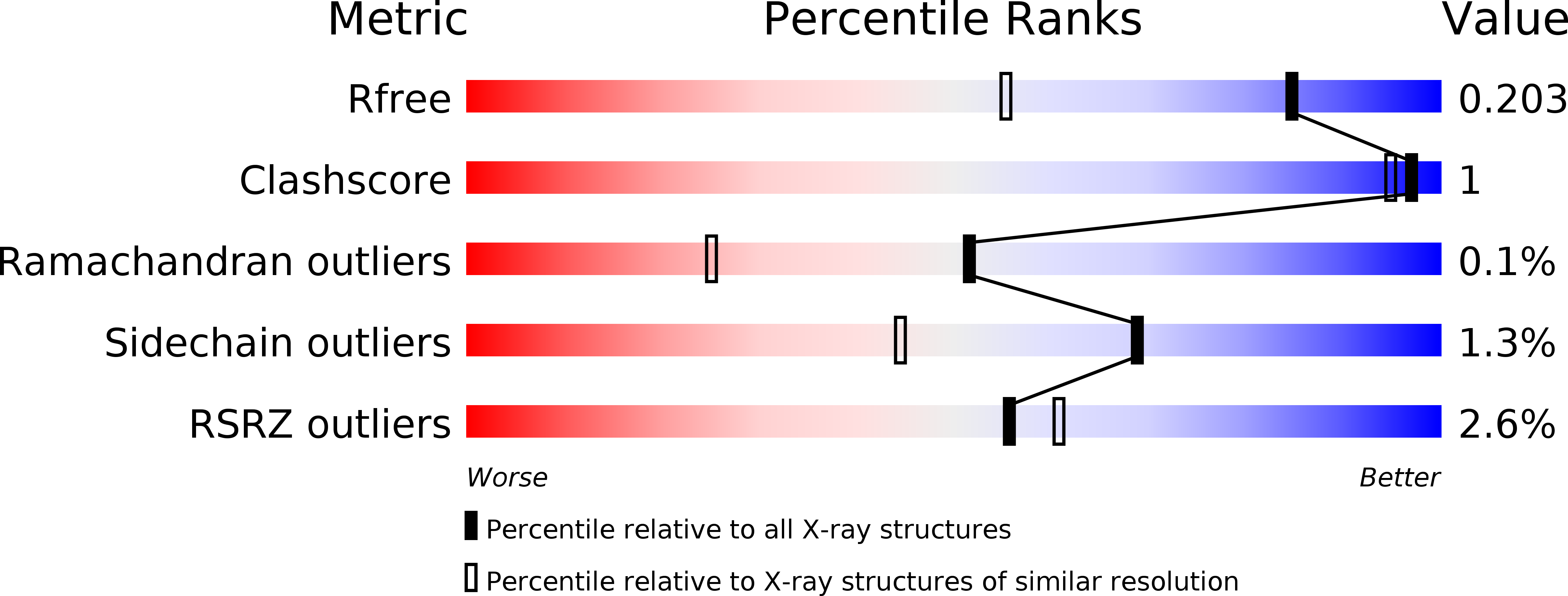
Deposition Date
2014-06-14
Release Date
2014-09-10
Last Version Date
2024-05-08
Entry Detail
PDB ID:
4TR6
Keywords:
Title:
Crystal structure of DNA polymerase sliding clamp from Bacillus subtilis
Biological Source:
Source Organism:
Bacillus subtilis (Taxon ID: 224308)
Host Organism:
Method Details:
Experimental Method:
Resolution:
1.50 Å
R-Value Free:
0.20
R-Value Work:
0.17
R-Value Observed:
0.17
Space Group:
P 1


